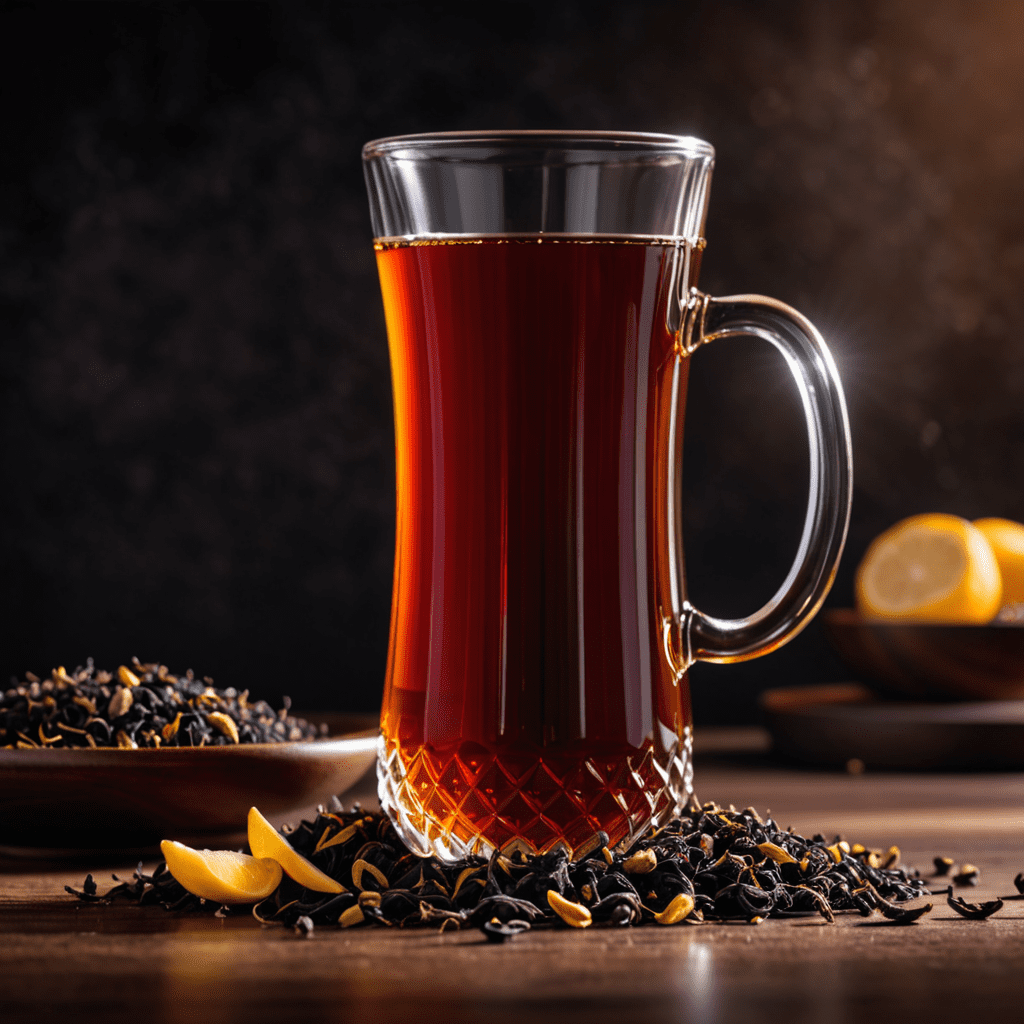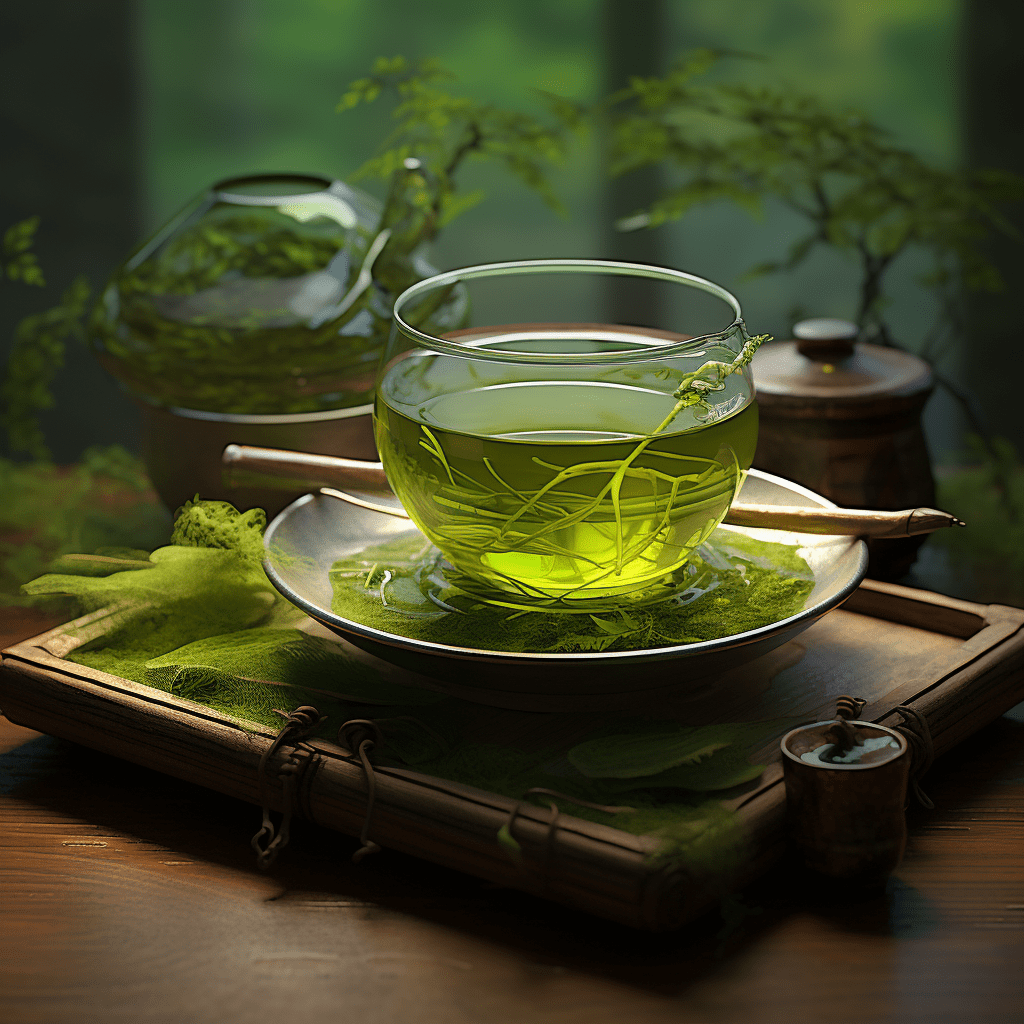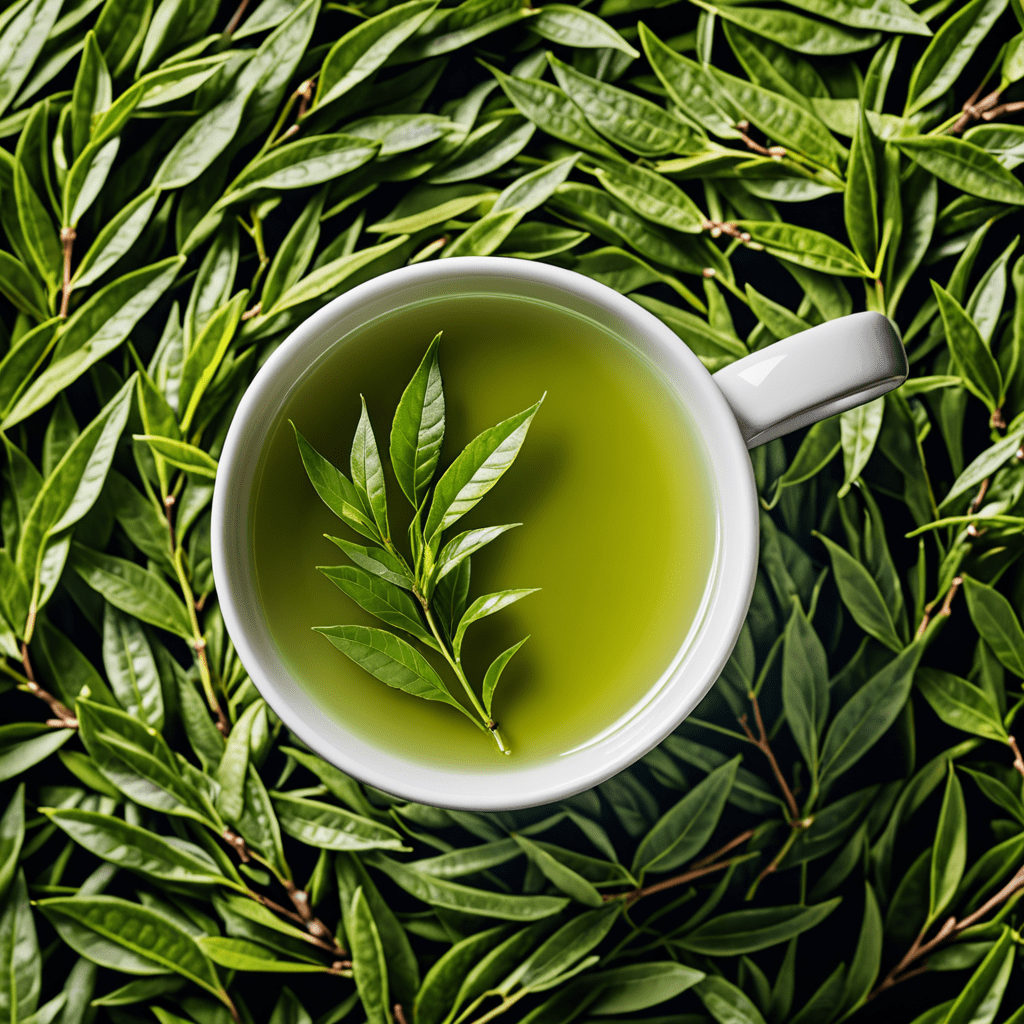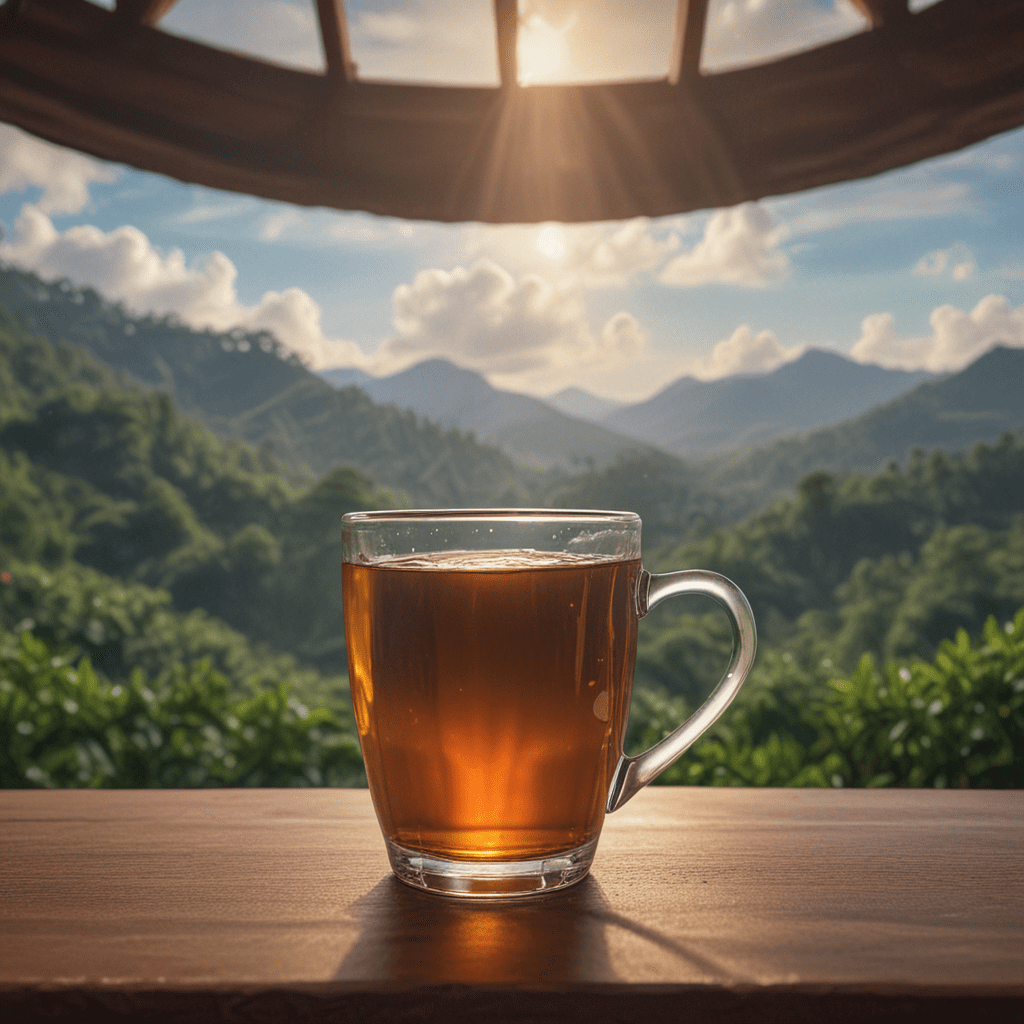
Discover the Origins of Black Tea and Its Rich Cultural Heritage
A Brief Introduction to Black Tea
Black tea, a popular beverage enjoyed by millions around the world, has a rich history and diverse cultural heritage. This article will explore the origins of black tea and the regions where it is traditionally produced.
China – The Birthplace of Black Tea
China, known for its centuries-old tea culture, is the birthplace of black tea. The process of oxidizing tea leaves to produce black tea was first discovered in the 17th century in the Fujian province. This region continues to be a significant producer of black tea, with famous varieties like Lapsang Souchong and Keemun originating from here.
India – The Largest Producer of Black Tea
India ranks as the largest producer of black tea in the world. Assam, a northeastern state of India, is particularly renowned for its strong and malty black teas. Darjeeling, situated in the foothills of the Himalayas, produces black teas with delicate flavors and a muscatel character. Other regions like Nilgiri in the south and Kangra in the north also contribute to India’s diverse black tea production.
Sri Lanka – The Tea Paradise
Sri Lanka, formerly known as Ceylon, is synonymous with high-quality black teas. The country’s unique climate and fertile soil provide ideal conditions for tea cultivation. The teas produced in Sri Lanka are categorized by altitude, with the high-grown teas from areas like Nuwara Eliya known for their brightness and delicate flavor profiles.
Other Notable Black Tea Regions
While China, India, and Sri Lanka dominate black tea production, several other regions around the world also contribute to the global supply. These include:
- Kenya – Known for its bold and robust black teas, Kenya is a major player in the international tea market.
- Turkey – Turkish black tea, known as “çay,” occupies an essential place in Turkish culture and is typically enjoyed in small tulip-shaped glasses.
- Iran – Black tea holds great cultural significance in Iran, where it is often consumed with traditional sweets.
- Japan – While Japan is more famous for its green teas, black teas like Benifūki and Wakōcha are becoming increasingly popular.
Frequently Asked Questions (FAQ) about Black Tea
1. How is black tea different from other types of tea?
Black tea is fully oxidized, giving it a darker color and a robust flavor compared to green, white, or oolong teas.
2. Does black tea contain caffeine?
Yes, black tea generally contains caffeine. However, the caffeine content may vary depending on the specific tea and brewing method.
3. How should I brew black tea?
Black tea is typically brewed with hot water at a temperature of around 200°F (93°C) for 3-5 minutes. Adjust the brewing time and water temperature based on personal preference.
4. Can black tea be enjoyed with milk and sugar?
Yes, many people enjoy black tea with milk and sugar. However, it can also be enjoyed plain or with a squeeze of lemon, depending on individual taste preferences.
5. What health benefits does black tea offer?
Black tea is rich in antioxidants and may have potential health benefits, such as improving heart health and boosting metabolism. However, it’s essential to consume it in moderation as part of a balanced diet.
6. Are there any other varieties of black tea that are worth trying?
Absolutely! Apart from the well-known varieties mentioned earlier, there are many other black teas worth exploring, such as Earl Grey, Assam Second Flush, and Yunnan Gold.


